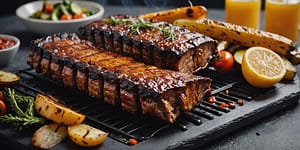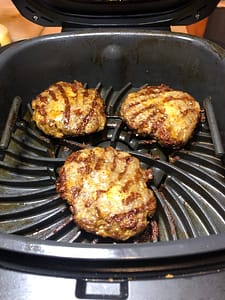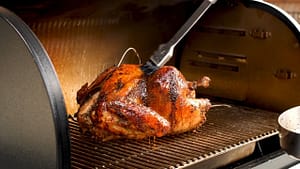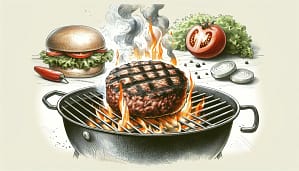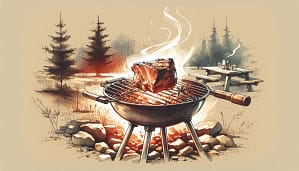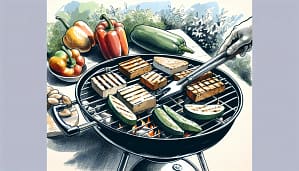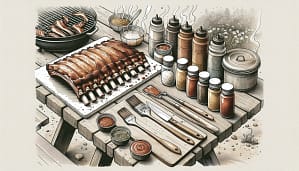Mastering BBQ: How Long to Cook Chicken Thighs on a Weber Charcoal Grill
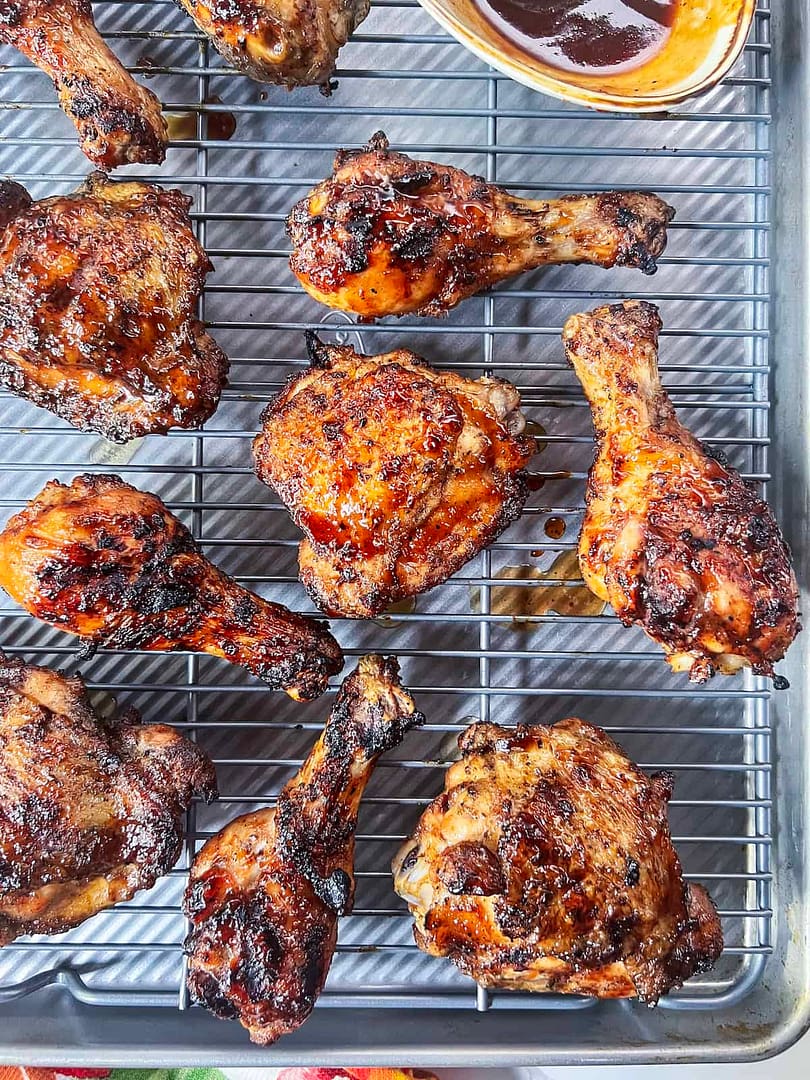
When it comes to BBQ, chicken thighs are a favorite for many grill enthusiasts. They are flavorful, versatile, and forgiving, making them perfect for both beginners and seasoned grill masters. Cooking chicken thighs on a Weber charcoal grill can yield delicious, smoky results if done correctly. In this guide, we’ll walk you through the process, ensuring your chicken thighs are cooked to perfection every time.
Preparing the Chicken Thighs
Before you even light the charcoal, proper preparation of the chicken thighs is crucial. Here’s how to get started:
- Choose Your Thighs: Opt for bone-in, skin-on chicken thighs. The bone helps retain moisture, while the skin crisps up beautifully on the grill.
- Trim Excess Fat: Trim any excess fat or skin to prevent flare-ups on the grill.
- Seasoning: Season the thighs with your favorite rub or marinade. For a classic BBQ flavor, use a mix of salt, pepper, garlic powder, paprika, and a bit of brown sugar. Let the thighs marinate for at least 30 minutes, or up to overnight, in the refrigerator.
Setting Up the Weber Charcoal Grill
The setup of your Weber charcoal grill plays a significant role in the cooking process. Here’s how to do it:
- Charcoal: Fill a chimney starter with charcoal and light it. Once the coals are ashed over, pour them onto one side of the grill, creating a two-zone fire. This setup allows you to sear the chicken over direct heat and finish cooking it over indirect heat.
- Preheat the Grill: Allow the grill to preheat for about 10-15 minutes with the lid closed. Aim for a temperature of around 350°F to 375°F.
- Oil the Grates: To prevent sticking, brush the grill grates with a bit of oil using a high-heat-resistant brush.
Cooking the Chicken Thighs
Now that your grill is ready, it’s time to cook the chicken thighs. Follow these steps for the best results:
- Searing: Start by placing the chicken thighs skin-side down over direct heat. Sear for about 3-4 minutes, until the skin is nicely charred and crispy.
- Indirect Cooking: Move the thighs to the indirect heat side of the grill. Close the lid and cook for about 20-25 minutes. The exact time will depend on the size of the thighs and the temperature of your grill.
- Check for Doneness: Use a meat thermometer to check the internal temperature of the thighs. They are done when they reach an internal temperature of 165°F. For a bit more tenderness, you can cook them until they reach 175°F to 180°F.
- Resting: Once cooked, remove the thighs from the grill and let them rest for about 5-10 minutes. This allows the juices to redistribute, ensuring moist and flavorful meat.
Tips for Perfectly Grilled Chicken Thighs
- Patience with the Skin: For crispy skin, be patient during the searing process. Avoid moving the thighs too much and let the skin render out its fat.
- Avoid Flare-Ups: Flare-ups can char the chicken too much. Keep an eye on the grill, especially during the searing phase, and move the thighs if flare-ups occur.
- Experiment with Flavors: While a basic rub is delicious, don’t hesitate to experiment with different marinades and seasonings. Asian-inspired marinades with soy sauce, ginger, and garlic, or Mediterranean rubs with lemon, oregano, and olive oil, can add exciting flavors to your BBQ.
- Use a Drip Pan: Placing a drip pan under the chicken thighs during indirect cooking can help prevent flare-ups and makes cleaning up easier. You can even add a bit of water, beer, or apple juice to the pan for added moisture and flavor.
Serving Suggestions
Chicken thighs are incredibly versatile and can be paired with a variety of sides to create a complete meal. Here are a few ideas:
- Classic BBQ Sides: Serve your chicken thighs with coleslaw, baked beans, and cornbread for a traditional BBQ feast.
- Fresh Salads: A crisp green salad or a tangy cucumber and tomato salad can provide a refreshing contrast to the smoky chicken.
- Grilled Vegetables: Take advantage of the grill and cook some vegetables alongside your chicken. Bell peppers, zucchini, and corn on the cob are excellent choices.
- Rice and Grains: Serve the chicken thighs over a bed of rice, quinoa, or couscous for a hearty and satisfying meal.
Troubleshooting Common Issues
Even experienced grill masters can run into issues when cooking chicken thighs. Here are some common problems and how to solve them:
- Dry Chicken: If your chicken thighs turn out dry, it’s likely they were overcooked. Always use a meat thermometer to check for doneness and avoid cooking past 180°F for thighs.
- Burnt Skin: Burnt skin is usually a result of flare-ups or too high of a heat. Keep a close eye during the searing process and move the thighs to indirect heat if flare-ups occur.
- Undercooked Meat Near the Bone: This can happen if the thighs are particularly large. To ensure even cooking, you can partially debone the thighs, making sure not to remove the bone completely.
Conclusion
Cooking chicken thighs on a Weber charcoal grill is a rewarding experience that yields delicious, smoky, and juicy results. With proper preparation, the right grill setup, and attention to detail during cooking, you can master the art of grilling chicken thighs. Whether you’re serving them at a summer BBQ or a weeknight dinner, these tips and techniques will help you achieve BBQ perfection every time. So fire up that grill, gather your ingredients, and enjoy the mouthwatering flavors of perfectly grilled chicken thighs.
